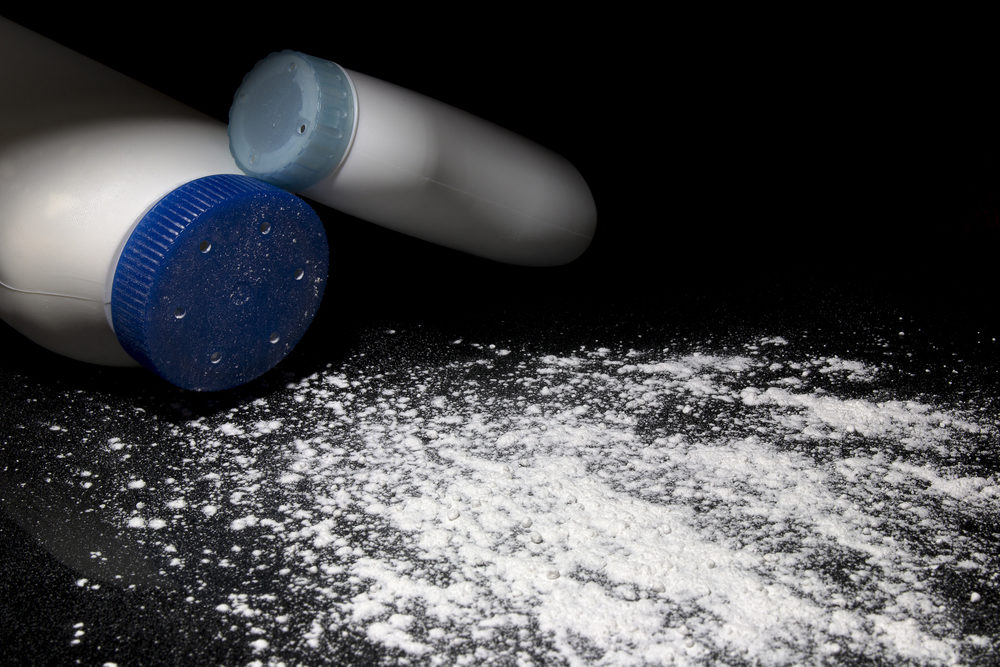
In October 2016, the U.S. Judicial Panel on Multidistrict Litigation (JPML) centralized all federally filed talcum powder ovarian cancer lawsuits concerning in the U.S. District Court of the District of New Jersey. The plaintiffs in these cases claim that after using products like Johnson & Johnson’s (J&J) Baby Powder and Shower to Shower, which contain talcum powder, they suffered from ovarian cancer.
Since then, the parties have been working toward preparing a limited number of cases for early trial. Recently, District Judge Freda L. Wolfson, who is overseeing the pretrial proceedings, issued a court order announcing 1,000 randomly selected cases that will now go into a bellwether discovery pool.
Talcum Powder Lawsuits Moving Into Discovery
According to the order, plaintiffs and defendants have several tasks now to complete pertaining to these 1,000 cases:
- Within 90 days of the order, plaintiffs in each of the selected cases shall complete a verified Plaintiff Profile Form, produce medical record retrieval authorizations, and promptly order and produce core medical records.
- The core records will include all medical records or reports related to the plaintiff’s ovarian cancer and any other gynecologic diseases or conditions, as well as the decedent’s death certificate if applicable.
J&J tried to have the lawsuits dismissed by questioning the validity of the plaintiffs’ scientific experts. The company filed a motion to prevent the experts from testifying, but in April 2020, Judge Wolfson determined that most of the expert opinions would be permitted, allowing the cases to move forward.
Studies Link Genital Talc Use to Ovarian Cancer
Talc is mined from the earth and used for a variety of products, including personal care products. While J&J has advertised its talc-based products for decades as being safe and suitable for use all over the body, studies published as far back as the 1970s suggested an association between talc and ovarian cancer.
In 1982, scientists published the first epidemiologic study on talc powder use in the female genital area. The results showed a significantly increased risk in ovarian cancer in women who reported genital talc use either on sanitary napkins or on the perineum. The researchers noted that this could be because of the relationship between talc and asbestos, a cancer-causing agent that is often found in the same areas of the earth as talc. Scientists suggested that J&J add warnings to its products concerning this risk, but the company failed to do so.
Several other studies followed. Nearly all reported an elevated risk for ovarian cancer associated with genital talc use. In a 1988 study, researchers found that 52 percent of the patients they observed that were diagnosed with ovarian cancer habitually used talcum powder on the perineum, compared with 46 percent of the controls. In a 2000 study of over 2,000 women, researchers again found a significantly increased risk of ovarian cancer related to genital talc use in women.
J&J maintains that its products are safe, but in May 2020, announced it would stop selling its Johnson’s Baby Powder in the U.S. due to decreased demand.

Exclusively focused on representing plaintiffs, especially in mass tort litigation, Eric Chaffin prides himself on providing unsurpassed professional legal services in pursuit of the specific goals of his clients and their families. Both his work and his cases have been featured in the national press, including on ABC’s Good Morning America.











Comments for this article are closed.